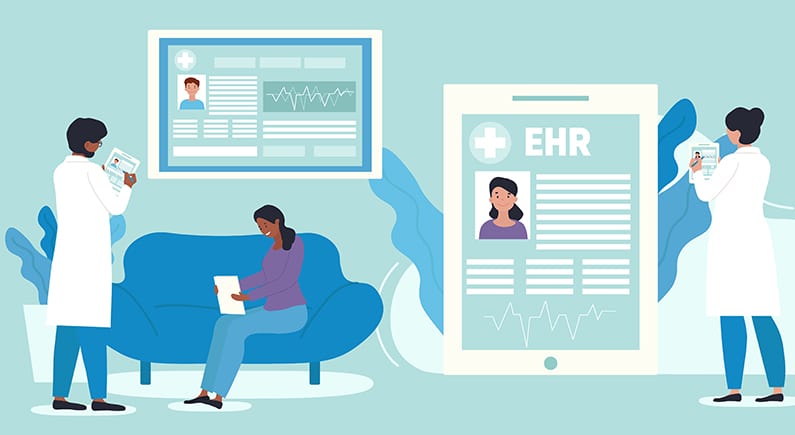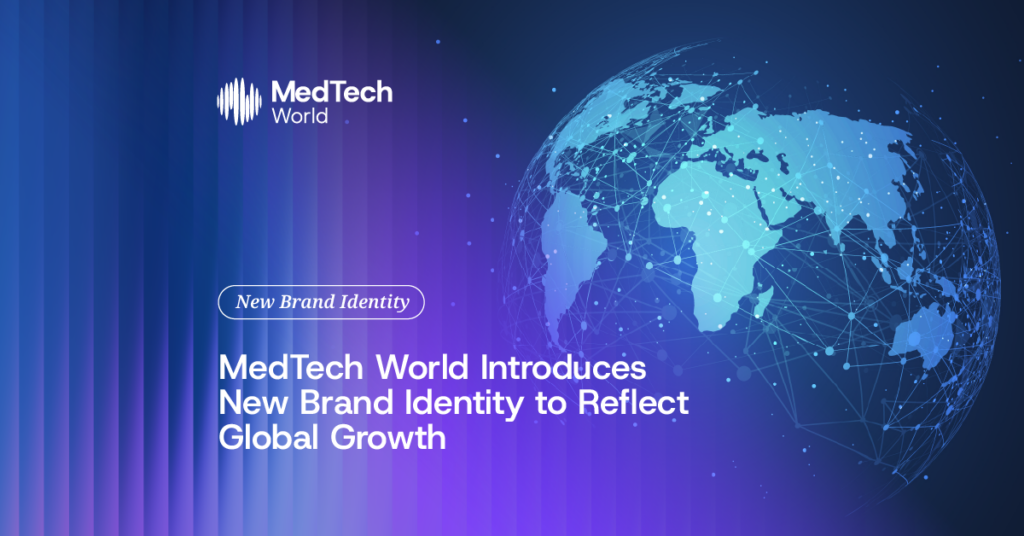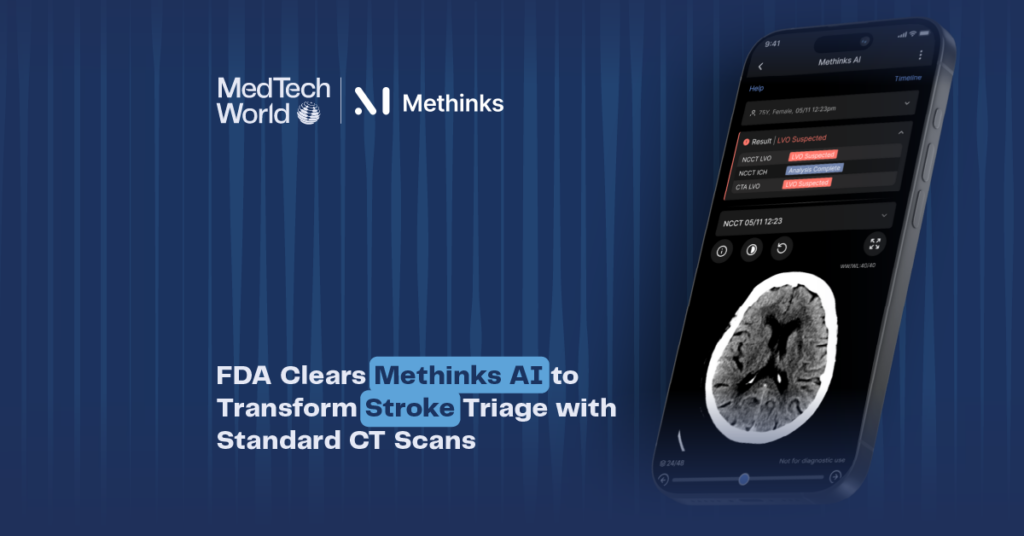
Michael Joe Cini
19th July 2022
Digital Health, Interoperability: The Need for Greater Collaboration
Revolutionary advances such as cloud computing, AI, machine learning, blockchain, and telehealth are transforming the healthcare system. Digital health can help in the prevention of diseases and lowering healthcare costs while assisting patients monitor and manage chronic conditions. It can also customize medicine for individual patients. Healthcare providers can and should benefit from advances in digital health. As the digital health transformation progresses, there is a need for interoperability standards to go beyond EHRs – let’s examine some of the roadblocks to success.
Extending interoperability standards beyond EHRs: The challenges
Digital technology, over several decades, has developed significantly, prompting changes in virtually all aspects of human endeavour. The effects of these changes, including the implications for human health, will remain the focus of active speculation. The breath-taking pace at which artificial intelligence (AI) and information technology (IT) are changing the field of medicine is undeniable; the intersection of new technologies and healthcare is known as digital health. Digital health is a broad term referring to electronically captured data, alongside technical and communications infrastructure and applications in the health care ecosystem.
In the last two decades, there have been important developments due to significant investment by payers, providers, and the federal government in advanced technology, electronic health records (EHRs), and progress toward interoperable systems to manage diseases and coordinate care. Despite these, the promise of digital health remains unreal.
The ability to use interoperable digital technology to improve the efficiency, effectiveness, equity, and continuity of care remains considerably abstract. Data, a key aspect of medicine, exist in silos, mostly sequestered, seemingly inaccessible, and difficult to aggregate in a meaningful and usable way, partly because of the ongoing need for evolving data standards. Digital tools and data are quite ineffective in helping clinicians have a better understanding of patient and family preferences and circumstances that facilitate health progress outside of the clinic; digital interfaces in inpatient care systems are also often poorly coordinated.
The concept of digital tools that can be applied in widespread fashion to coordinate health care organizations and public health efforts to identify and engage those at particular risk from environmental public health, social, and behavioural risks remains rudimentary at best. The broad vision of a real-time generation of evidence in a learning health system that connects datasets and analyses them using artificial intelligence and machine learning is at its early stage and limited to a few pilots.
Long lasting and effective solutions
Ongoing and accelerated progress must be made to fully actualize the vision of a learning health system. Irrespective of the specific barrier to the creation and support of individual and population health, digital health should act as a force multiplier of the interventions to combat these challenges.
To proffer long-lasting and effective solutions, there is a need for great collaboration between companies, organizations, and bodies dealing in digital health.
On another hand, as the digital health transformation progresses, there is a need for interoperability standards to go beyond EHRs. Interoperability standards need to extend beyond the current focus of electronic health records (EHRs) to support longitudinal care delivery and advance the health needs of the community. The effectiveness of the response to public health crises is dependent on interoperable data. Although data was critical for public health forecasting and coordination, its collection, exchange, aggregation, and storage were often burdensome for clinicians and administrators. This consequently wastes time and slows down patient management.
The medical industry, alongside federal partners, should focus on supporting the interoperability of all mediums of digital health records, such as laboratories, certified electronic health records (EHRs), home-grown EHRs, digital devices, consumer electronics with health features, and databases to aid research and public health.
In addition, there should be development and implementation of a governance infrastructure and policy framework regarding data, virtual health data trusts, privacy, and regulations to improve seamless system interoperability.
Timely, full implementation of standards of structure, coding, security, and common APIs should be ensured.
Conclusion
Over the years, the applications of digital technology in health and healthcare have gradually improved, including health information, telemedicine, implantable devices, personal health devices, personalized therapeutics, and knowledge generation, just to mention a few. However, there are several challenges facing digital health. Hopefully, with an increase in partnership between the concerned bodies, there will be a significant improvement in digital health.
About Med-Tech World:
It is now estimated that the global digital health market will increase to around $640 billion by 2026. Through our expertise coupled with optimized networking, we will ensure that both investors and startups are on the ground floor of this health revolution. The event which is organized and curated alongside a team of doctors, attracts legislators and policymakers, medical professionals, and investors from across the world, addresses the opportunities and challenges driving this million-dollar forum.




